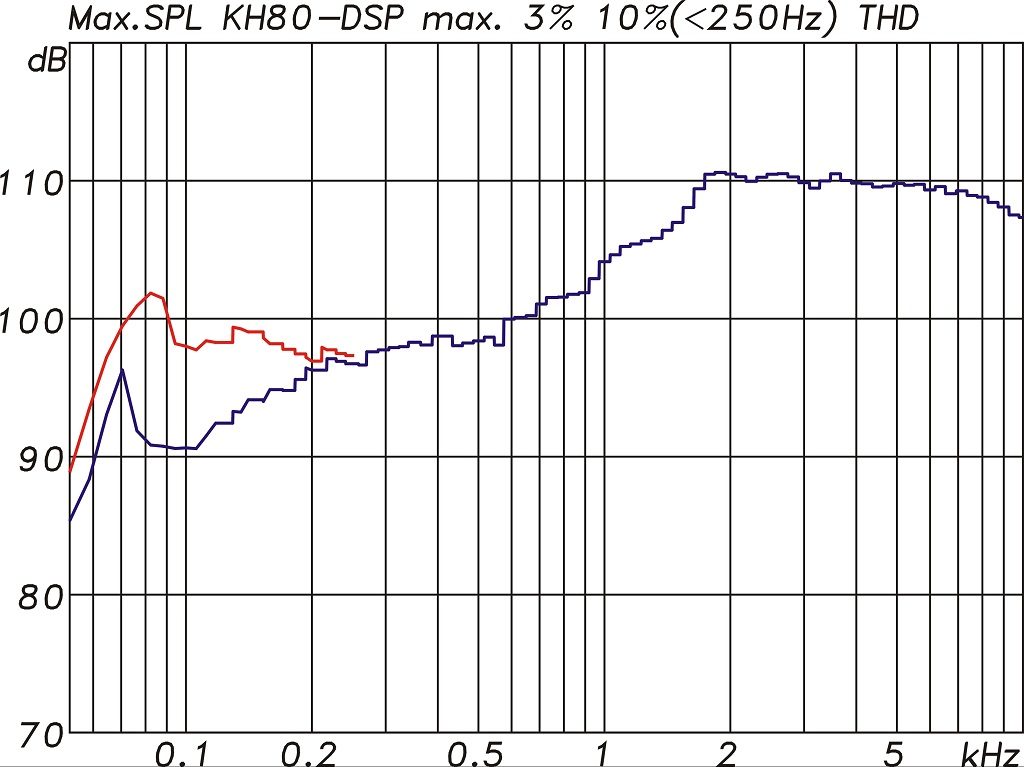that's my last as I have to go: you are saying that if you take two different speakers, one measuring better than the other, and you correct both to the same target curve at the end they sound the same. I bet so, I wouldn't expect nothing different but it is obvious don't you think?
As I said, my guess was they would sound similar assuming both have reasonably good DI (spinorama). I never did that nor I heard anybody did such in-room experiment before @mitchco wrote about it. If both of them have reasonably good spinorama but differ in horizontal "spread" (as JBL and Neumann do) my guess was that it also could be audible if you don't sit still at your LP, and Mitch confirmed that.
I won't comment if that is obvious to you or anybody else on this forum but as I said, I don't remember anybody but Mitch conducting such experiment and stating that loud and clear in his article.

.jpg)
